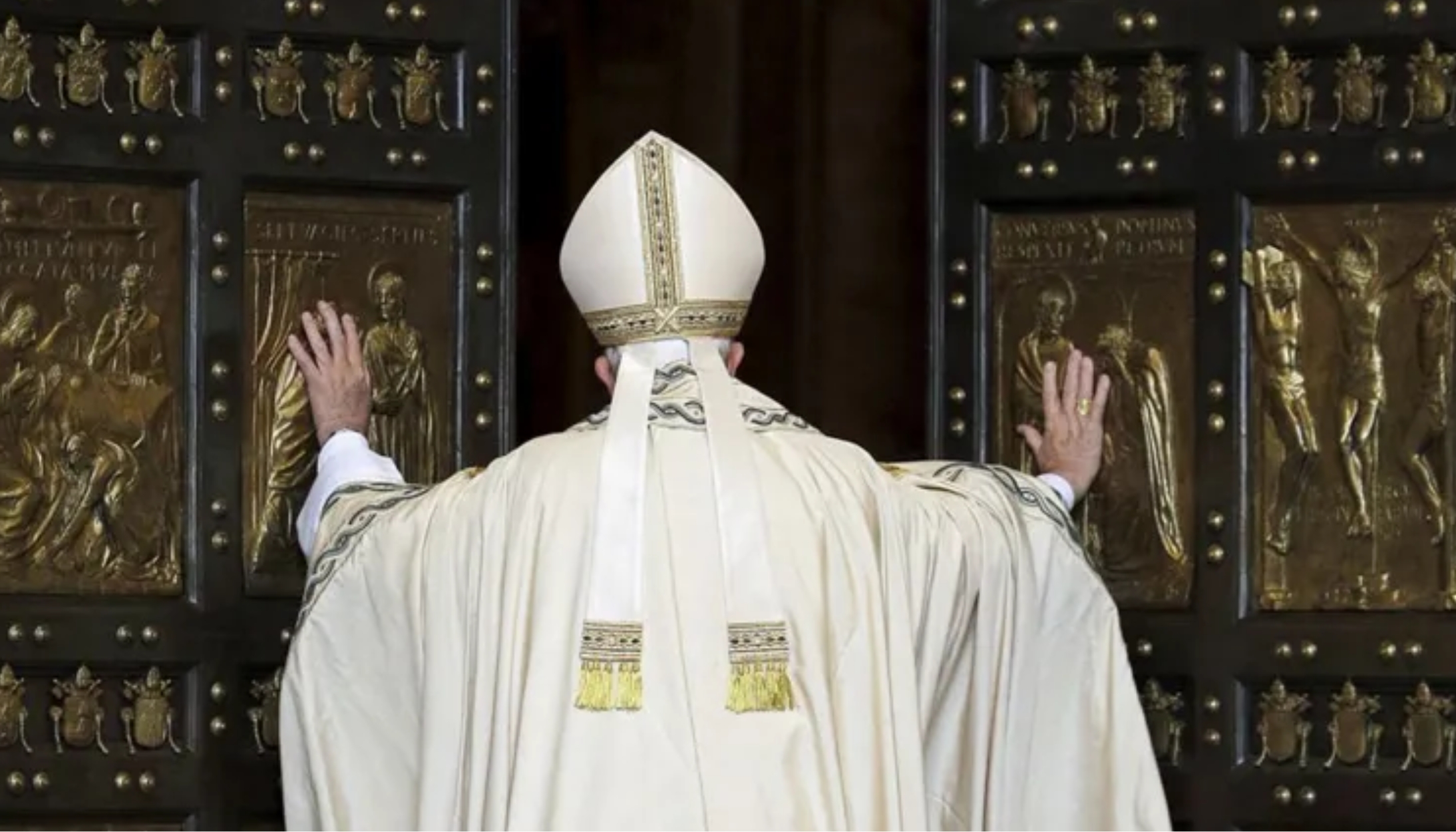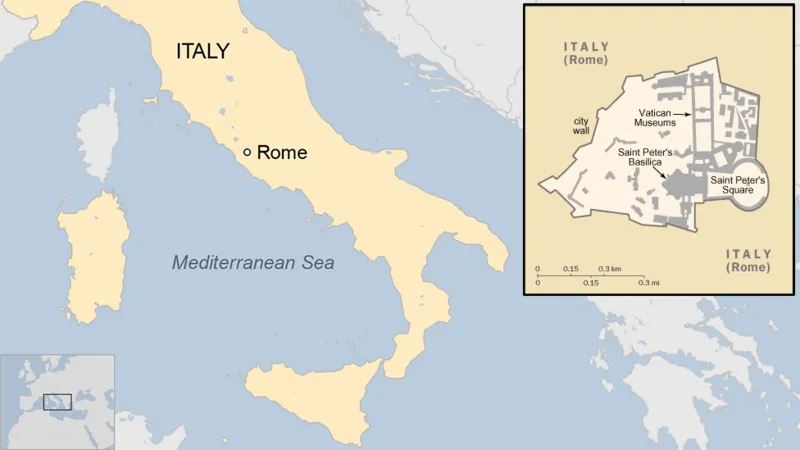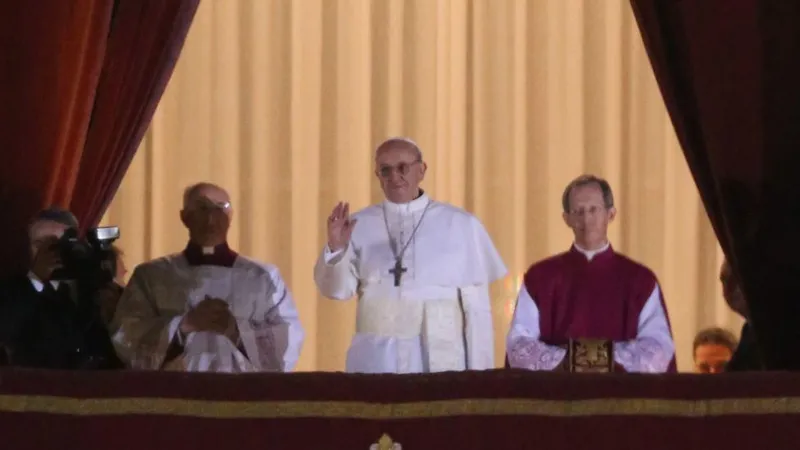After Pope Francis' Passing: Who Will Be the Next to Don the White Robes?

Next in Line: Who Will Wear the White Robes After Pope Francis?
Pope Francis has passed away at the age of 88, following 12 years of serving as the spiritual leader of the Roman Catholic Church.
His passing has initiated the centuries-old tradition of selecting a new Pope.
The Pope serves as the supreme leader of the Roman Catholic Church, which is rooted in the belief that he is a direct spiritual successor to Jesus Christ. Catholics view the Pope as the living successor of St. Peter—one of Christ’s original disciples and considered the first leader of the early Church.
This unique position grants the Pope complete authority over the global Catholic community, influencing the faith and practices of approximately 1.4 billion followers around the world.
In addition to the Bible, Catholics often look to the Pope’s teachings for spiritual and moral guidance. His words and decisions play a significant role in shaping Church doctrine and daily religious life.
It’s important to note that while Roman Catholicism makes up nearly half of all Christians globally, other Christian groups such as Protestants and Eastern Orthodox do not acknowledge the Pope’s authority.
As Pope Francis has passed away, this pivotal leadership role is now vacant, prompting the Church to begin the sacred process of choosing his successor.

Papal funerals have long been known for their grandeur and ceremonial traditions. However, Pope Francis approved significant changes aimed at simplifying the process.
Historically, popes were interred in three separate coffins—crafted from cypress, lead, and oak. In contrast, Pope Francis requested a modest wooden casket lined with zinc.
He also chose to do away with the practice of placing the deceased Pope’s body on a raised platform—called a catafalque—inside St. Peter’s Basilica for public viewing. Instead, mourners will be invited to pay their final respects while his body rests in the coffin, with the lid temporarily removed.
In a notable departure from tradition, Pope Francis will be the first Pope in over 100 years to be buried outside the Vatican.
His final resting place will be the Basilica of St. Mary Major, one of the four principal papal basilicas in Rome. Basilicas of this kind hold special religious significance and are granted unique privileges by the Vatican, often maintaining a close link to the papacy.
The new Pope is selected by the Catholic Church's highest-ranking officials, collectively known as the College of Cardinals.
All members of the College are men, appointed directly by the Pope, and most are ordained bishops.
At present, there are 252 Catholic cardinals, with 138 eligible to vote for the next Pope. The remaining cardinals are over the age of 80 and, while they cannot participate in the voting process, they are still allowed to engage in discussions regarding the selection of the new Pope.
How is the announcement of the new Pope made?
Once the white smoke rises, signaling that a new Pope has been chosen, the new pontiff typically appears on the balcony of St. Peter's Basilica within the hour.
The senior cardinal involved in the conclave will announce the decision with the words "Habemus Papam," meaning "we have a Pope" in Latin.
Following this announcement, the cardinal will introduce the new Pope by his chosen papal name, which may differ from his birth name. For instance, Pope Francis, born Jorge Mario Bergoglio, selected his papal name to honor St. Francis of Assisi.

In theory, any baptized Roman Catholic man is eligible to be elected Pope.
However, in reality, the cardinals typically favor selecting one of their own members.
When Pope Francis, born in Argentina, was elected in the 2013 conclave, he made history as the first Pope from South America, a region representing around 28% of the global Catholic population.
Despite this historic selection, tradition points to the cardinals’ preference for choosing a European, particularly an Italian. Of the 266 popes elected so far, 217 have been Italian.
Comments